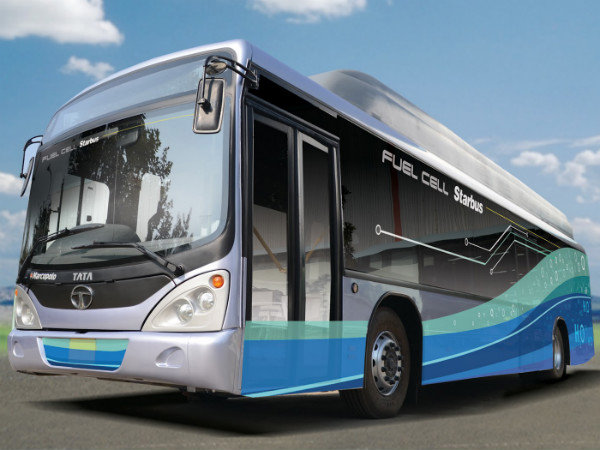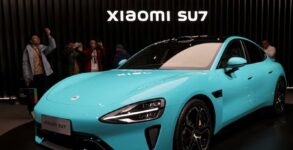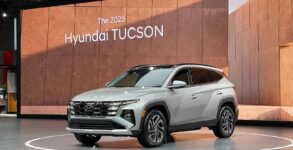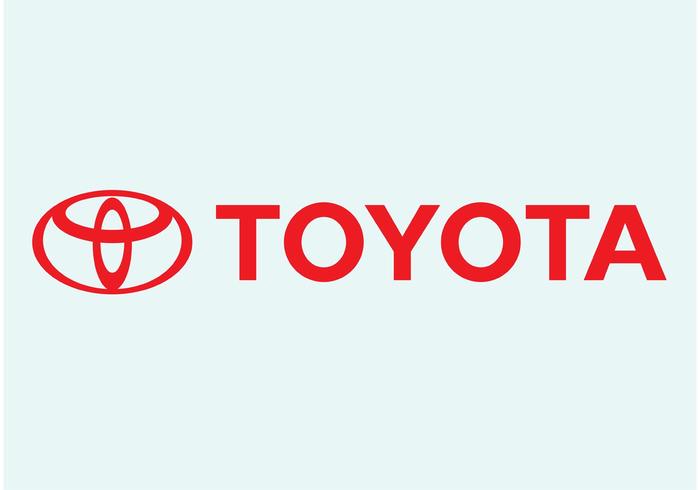Tata Motors on January 25, 2017, showcased country’s first Hydrogen Fuel Cell bus. The bus, christened as Tata Starbus Fuel Cell, has been jointly designed and developed by Tata Motors and Indian Space Research Organisation (ISRO). Its sole aim is to curb pollution and help the country develop a cleaner, greener public transport system. Many auto manufacturers have been working on the technology for over two decades now. And Tata Motors, showcasing the first fuel cell bus in the country, is really a feat to remember. But is India ready?
Many Indian cities are counted amongst the most polluted ones. Uncontrollable breathing problems, half-baked measures like odd-even numbered vehicle days, are all nothing but serious clues hinting towards millions of tonnes of pollution in carbon foot print. The Government of India has tried a whole load of possible measures of controlling pollution, but none has worked so far.
What are the odds?
When most of the developed countries in the world are replacing old diesel buses with new electric ones, Tata Motors has really taken a bold step forward. Though many experts in the country were anticipating the move, it still has shocked many.
This, pollution problem is so grave, that the National Green Tribunal had to ban diesel vehicles operating on Rohtang-Leh pass. And Rohtang-Leh is just the tiniest example of what pollution can actually do in the long run. Electric buses do solve the purpose of no harmful emissions, but only on the immediate surroundings they are being operated at. If the electricity used to recharge these buses is coming from a coal or any other fossil fuel powered station, that purpose remains nearly lost. However, if the power is sourced from a hydro based electric power generation unit, the purpose is completely solved.
Hydrogen Fuel Cell buses, on the other hand, do not require to be charged, nor they use fossil fuels to generate power. Vehicles powered by Hydrogen Fuel Cell work on one simple principle – electricity generated by hydrogen in presence of air and oxygen. The best part comes in the form of zero emissions. But what they do need is infrastructure, and a lot of it. Here are some challenges that Tata Motors and all other bus manufacturers will have to face while launching buses and other vehicles based on fuel cell technology.
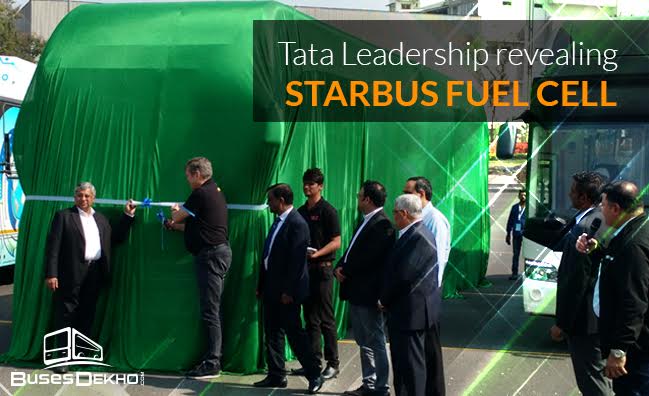
The Acquisition Cost Challenge
A single bus based on Hydrogen Fuel Cell technology will cost a whopping two crores of rupees. The recent launch of the Tata Starbus Fuel Cell is just a testament to the statement. Unless and until central government plans to intervene and provide handsome subsidies to State Transport Authorities interested in acquiring these non-polluting buses, this may just remain a distant dream.
The Fairing Challenge
A Volvo or Scania luxury bus, loaded with features like AC, ultra comfortable seats and much more, cost nothing less than INR 80 lakh. The tickets for these buses start at INR 200 on an average. Though the bus showcased by Tata is meant for intercity transportation, once launched, its tickets may just not be accessible to the common people.
The Running Cost
Hydrogen is not at all economically priced. A kilogram of hydrogen has approximatelythe same energy content as found in 3.78 litre of diesel. The cost for a kilogram of Hydrogen is almost twice the cost of diesel containing the same amount of energy. Yes, there is an option of using recycled hydrogen, but that would again add to the overall infrastructure cost.
The Big Question, Infrastructure
Hydrogen filling pumps, hydrogen transportation vehicles, hydrogen producing plants, new machines capable of servicing Hydrogen Fuel Cell based vehicles and much more will be required to replace the existing fleet of diesel based vehicles.
A fleet of 20 Hydrogen Fuel Cell powered buses were used as a project between 2010 and 2014 at Whistler located in British Columbia. The project started just before the Winter Olympics and cost the agencies and authorities responsible a hefty 89.5 million Canadian Dollars.
Conclusion
This Tata showcase event circling around Tata Starbus Fuel Cell and the launch of other electric buses on its side-lines may just be an answer to Ashok Leyland’s electric bus launch that took place in 2016. These new Tata buses, however, flaunted a big Make in India logo.
State transport authorities may find it easier to replace the old polluting buses with electric and hybrid ones. Consider setting up petrol and diesel pumps all over the country from scratch and you will get your answer.
Source: buses.cardekho.com

